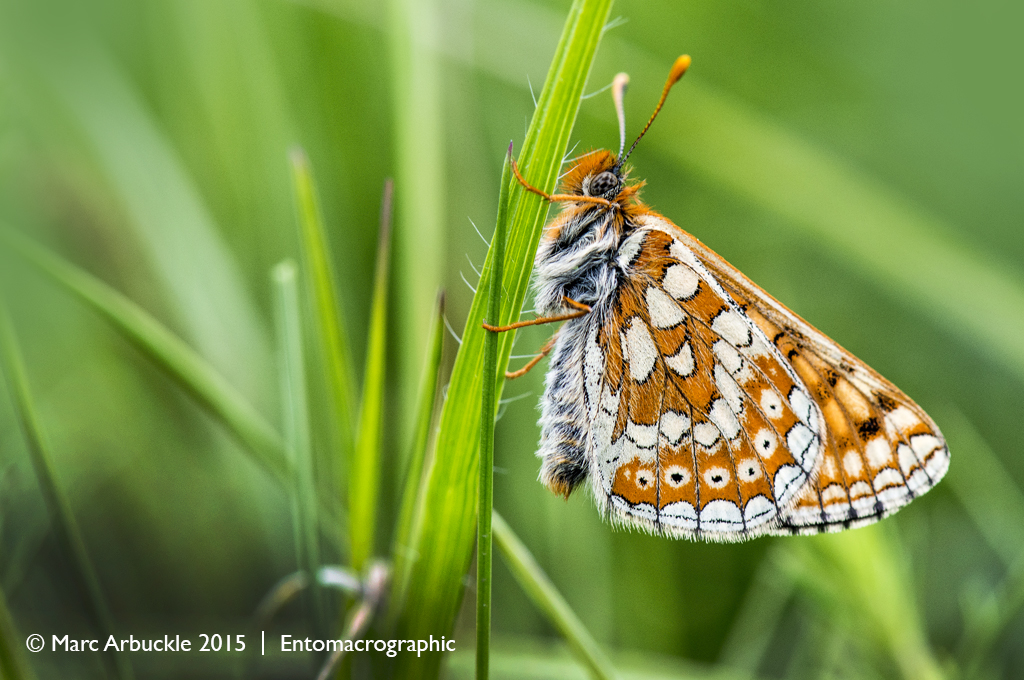Mystery bird
Early on Saturday morning I extracted this little beauty from the mist nets at our constant effort site (CES) near the River Kennet in Berkshire. At first glance, and from the location, you could be forgiven for thinking that this spring migrant that has flown all the way from sub-saharan Africa to southern England looks like a yellow Reed Warbler Acrocephalus scirpaceus but its wings are far too long at 79mm.
It has the look of a Willow Warbler Phylloscopus trochilus or a Wood Warbler Phylloscopus sibilatrix but it’s too big to be the former and rather too yellow to be the latter and lacks the prominent eye-stripe (supercilium) of both.
Have you guessed yet? After consulting our copy of Svensson, triple-checking the biometrics; wing length, margination, wing-point, wing-formula etc. Quickly taking reference photos and a quick call to our trainer, we concluded that it’s actually a rather rare (for southern England) Icterine Warbler Hippolais icterina.



